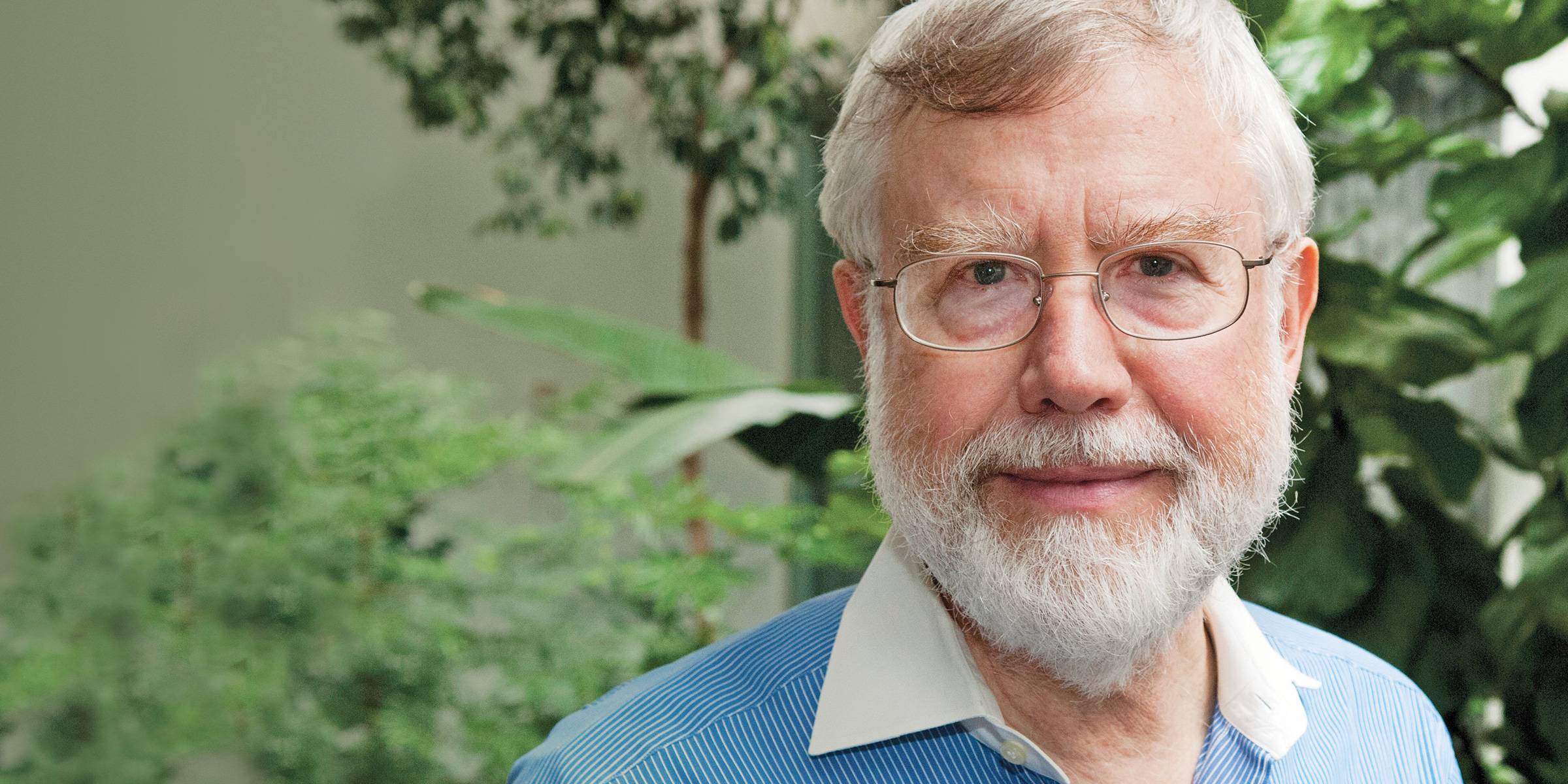Signals exchanged between cells contribute to the complexity that makes the behavior of biological systems hard to predict. Reeke employs computer simulations to investigate how the components of biological systems work together to carry out complex functions. He is specifically interested in modeling neuronal systems to better understand how physical phenomena within them give rise to perception, motor control, and memory.
Reeke’s models have shown how the ability to recognize objects and events in the environment can arise in the nervous system as a result of the operation of selective processes guided by innate value systems. His work has indicated that there is no need for built-in representational codes or computational algorithms, nor for feedback of error signals from omniscient external teachers. The results call into question the popular theory that the brain is a kind of computer.
Areas of particular interest in Reeke’s lab are perception, control of locomotion, and the development of analytic tools appropriate for the characterization of these activities in space and time. With an anthropology graduate student at the University of Pennsylvania, he studied the evolution of upright walking in human ancestor species. Currently, he mainly focuses on neural mechanisms for the recognition and recall of spatial and temporal patterns, which are of fundamental importance for planning and navigation, language, and music. The lab has developed novel information-theoretic measures that help to quantify the temporal characteristics of the signals exchanged among neurons and the spatiotemporal discharge activity of neuronal assemblies. Reeke has shown that these same measures can be used to analyze data obtained from behavioral animal experiments. In a collaborative project with Rockefeller’s Donald W. Pfaff, Reeke helped measure the contribution of estrogens to exploratory behavior in female mice.
Reeke’s lab has also developed a composite approach to modeling neurons in which the degree of detail employed in modeling different membrane conductances is adapted to the dynamical complexity of each neuron. Their analysis of a model cerebellar Purkinje cell shows that when both the rate and the timing of a stimulus are varied, novel cell discharge behavior emerges. Members of the lab have applied these methods to study the process by which juvenile birds learn their songs, how general anesthetics affect the activities of neuronal clusters in the cerebral cortex, and the generation of descriptive models of sensorimotor contingencies and their relationship to reward in the cerebellum and other brain regions. In collaboration with Rockefeller’s Charles D. Gilbert, Reeke is currently modeling multiple interconnected areas of the primate visual cortex to better understand how objects, when viewed either in their entirety or in fragments, are recognized and categorized.
